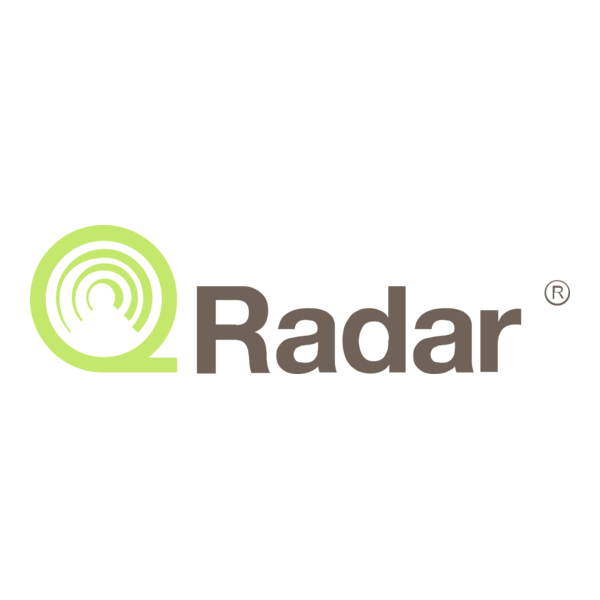## Pricing Analysis
Pricing for GRC platforms is usually subscription-based and scales with the number of users, business units, or modules activated such as governance, risk, compliance, audit, or vendor risk. Smaller deployments focused on a few modules may cost in the tens of thousands annually, while enterprise-wide implementations can climb into the high six or seven figures.
Beyond licensing, organizations should account for implementation and integration costs, which can rival the subscription itself. Many vendors also package higher tiers with professional services, regulatory content, analytics, and premium support, so overall spend is closely tied to the organization’s size, regulatory complexity, and risk profile.
## Quarterly Trends & News
| Theme | Update |
|---|---|
| **Governance gets formalized** | The NIST Cybersecurity Framework 2.0 adds a “Govern” function, signaling that executive-level oversight is a core requirement of security programs. |
| **Mandatory disclosures** | SEC cyber disclosure rules make material incidents public in near real-time, elevating incident reporting and governance maturity. |
| **Third-party accountability** | DORA and NIS2 force companies to prove vendor resilience, with regulators able to audit third-party providers directly. |
| **AI governance emerges** | ISO/IEC 42001, the first international AI governance standard, pushes companies to treat AI risk with the same rigor as financial risk. |
| **Audit automation** | Continuous control monitoring reduces the burden of preparing for audits and allows near real-time assurance. |
## Common Terms & Definitions
| Term | Definition |
|---|---|
| **NIST CSF 2.0** | Updated framework with six core functions: Govern, Identify, Protect, Detect, Respond, Recover. |
| **ISO/IEC 27001** | Widely adopted information security management system (ISMS) standard used for certification and assurance. |
| **ISO/IEC 42001** | AI governance framework requiring responsible data, algorithm, and model management. |
| **COSO ERM** | Enterprise risk framework that aligns cybersecurity risk with organizational strategy. |
| **Third-Party Oversight** | Structured evaluation, monitoring, and testing of external ICT providers to ensure compliance and resilience. |






